Alegre Records: A History Of The Pioneering Latin Music Label
The trailblazing imprint was among the first to light a path for salsa and the wider Spanish language recording industry.
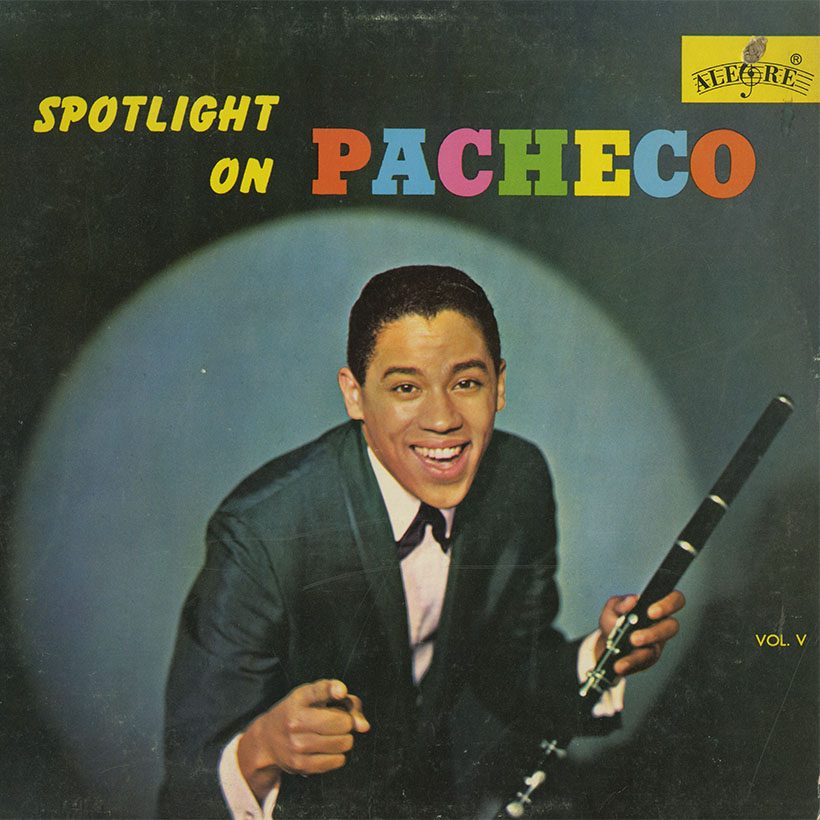
Alegre Records will always be remembered as one of the pioneers. The trailblazing label was among the first to light a path for salsa and even the broader Spanish-language music industry. It was even an early stepping stone for Fania Records co-founder Johnny Pacheco, whose first orchestra’s debut album Johnny Pacheco y Su Charanga sold over 100,000 copies and solidified Alegre Records’ legacy. Many more of the genre’s legends can trace their careers back to encounters with Alegre Records founder Al Santiago, a gregarious, loquacious entrepreneur whose boundless energy was apparent even at a young age.
Born and raised in New York, Santiago played the piano as a kid, then quit to take up the saxophone instead. (“I disliked piano so much that I used to play ‘The Minute Waltz’ in 30 seconds so I could get out to play softball,” he said once). He started playing in a band his father and uncle were in, and when the uncle quit, Santiago took over, leading the entire orchestra. Though he was barely 18, Santiago had an ear for up-and-coming talent; he swapped out the older guys for newer musicians until pretty soon, his father was the only member of the band. Still, performing ultimately wasn’t where Santiago would land. After a fateful brush with the prodigiously gifted trumpeter Buck Clayton at a wedding gig, Santiago realized the limitations he’d face as a musician, recalling, “I know I am not an exceptional instrumentalist, and the only way you are going to make bucks is you have to be a superstar performer/leader, not a sideman.”
Santiago went a different route, borrowing $1,800 from his family and opening a record store called Casa Latina del Bronx in 1951 – all while going to college and studying business. Local demolition forced Casa Latina del Bronx to briefly shutter, but Santiago eventually put down a deposit on another vacant store in the Bronx, this time calling it Casalegre Record Store. He welcomed patrons in November of 1955 and soon, the store grew into a bustling center for Latin music. Yet, even that was just the start for something bigger Santiago had in mind. In 1956, he and the garment entrepreneur Ben Perlman forayed into recording music by launching the Alegre Recording Corp, which drew on Santiago’s skills as a tastemaker and a producer, as well as the popularity of the store he’d cultivated.
After years of recording guys who would become major stars – Pacheco, Eddie and Charlie Palmieri, Francisco “Kako” Bastar, among others – Alegre Records was sold to Branston Music in 1966. Santiago stayed involved in production and then, in 1975, Alegre was purchased by Fania, its main competitor. Fania’s other co-founder, Jerry Masucci, enlisted Santiago for several production sessions, but some fans believe even now that Masucci didn’t promote artists on the Alegre roster as much as they deserved. Alegre morphed and changed over nearly two decades. Both the store and the label are lovingly remembered today as “The House That Al Built,” and little can dampen such a formidable discography. Choosing greatest hits among the collection is nearly impossible, but several recordings stand out for the way in which they spearheaded sounds, including charanga, pachanga, and boogaloo, and foretold the story of salsa.
Listen to highlights from Alegre Records on Apple Music and Spotify.
The Groundwork Al Laid
Santiago’s ability to identify talent was uncanny. In 1959, at the urging of one of his employees at Casalegre, Santiago headed out to the Bronx’s Tritons nightclub, where a 24-year-old Pacheco was playing with his charanga outfit. They hadn’t made it through their first song when Santiago decided the band – and particularly, their clear star Pacheco – would be the first to record with Alegre Records. Pacheco’s 1960 debut with Alegre Records, Johnny Pacheco y Su Charanga, Vol. 1 was a hit that featured songs such as “El Güiro De Macorina,” “La Melodía,” and “Tema De Pacheco,” each adorned with Pachecho’s charanga flutes and traces of mambo. Pacheco y Su Charanga Vol. II came next, followed by Pacheco Y Su Charanga Vol. 3: Que Suene La Flauta, featuring the upbeat classic “Acuyuye,” inspired by an African children’s chant. Pacheco’s fame bloomed, putting him in a prime spot to kick off the pachanga craze in subsequent years—and to one day veer off on his own.
But Pacheco wasn’t the only artist for whom Alegre Records provided an early platform and foundation. One night, Santiago caught Charlie Palmieri playing with his band Charanga “La Duboney.” Coincidentally, Palmieri had played in Santiago’s uncle’s band as a kid, and their families were close. Santiago reached out to see if the piano virtuoso was under contract and when he found out he wasn’t, Santiago realized that he could essentially corner the market on the city’s charanga greats, who also dabbled in pachanga. Charlie Palmieri And His Charanga “La Duboney” – Pachanga At The Caravana Club came out in 1961, sprinkled with agile songs such as “El Baile Nuevo.” “Pachanga Sabrosa,” as well as a few others, were written by Charlie’s younger brother, Eddie Palmieri, who would leave his own stamp on Alegre, starting with 1962’s Eddie Palmieri and his Conjunto La Perfecta. In that early era, Santiago also signed the legendary timbalero Francisco “Kako” Bastar, whose first recording with Alegre was 1961’s Kako Y Su Combo, and the merengue aficionado Sergeant Dioris Valladares, who made a splash with the cheekily titled album Vete Pa’l Colegio that same year.
The All-Star Achievements
In 1961, with Pacheco, Palmieri, Kako, and Valladares all under Alegre, Santiago borrowed a page from the Cuban label Panart’s book and decided to assemble a supergroup with his topliners. There was some delicate maneuvering involved: Pacheco and Palmieri, in particular, offered different musical propositions, but they came together on 1961’s The Alegre All-Stars, often considered one of Santiago’s greatest contributions. They strengthened their sound playing at Tritons social club and while the final product is harmonious, Pacheco would back away from the band, leaving Puchi Boulong to take his place on the 1964 follow-up The Alegre All-Stars: El Manicero. The Alegre All-Stars would continue convening some of the biggest rising musicians in all of Latin music. 1965’s The Alegre All Stars: Way Out featured Yayo El Indio and the beloved sonero Chamaco Ramírez, who appeared on one of the album’s most intense, percussive cuts, “Los Dandies.”
Fania would eventually follow Santiago’s example and form their own All-Star set. Still, after absorbing Alegre in the mid-1970s, Masucci pulled Santiago back in and asked for his special touch for Fania and for the 1976 Alegre revival The Alegre All Stars – They Just Don’t Makim Like Us Any More. The album featured eight classics, including “Manteca” and “Se Acabó Lo Qué Se Daba.” Santiago’s last Alegre All-Stars effort came in 1977, when he organized Louie Ramirez, José Madera, Chivirico Dávila, Boulong, Kako and more for Alegre All Stars – Perdido. The closer, “Alegre Te Invita,” serves as a final celebration, driven by chants, kinetic Afro-Cuban percussion, and the squeals of relentless horns.
The Boogaloo Years
The pachanga wave lasted a while, but soon, musicians became interested in boogaloo – famously referred to by Pucho Brown as “cha-cha with a backbeat.” Strains of boogaloo had slipped into some entries on Alegre Records early on, but it was Ricardo Ray’s Se Soltó: On The Loose in 1966 that really saw the label move in the direction of the musical style. Songs such as “Danzon Boogaloo” melded forms and helped bring boogaloo to more mainstream attention. Later that year, Pete Rodriguez released Latin Boogaloo, and he’d double down on boogaloo just months afterward with I Like It Like That/A Mi Me Gusta Asi, a compendium full of notable boogaloo favorites, such as “Micaela.” It, of course, also included the smash hit “I Like It Like That,” which continues to resonate today.
The Experiments
Santiago was a risk-taker – a virtue that had it downsides. After Pacheco’s best-selling debut, the Alegre founder took a gamble with Sabu Martínez, who’d had a brief stint with Dizzy Gillespie. Martínez’s album Sabu’s Jazz Espagnole only sold about 400 copies; however, critics have redeemed it in recent years for its airtight instrumentation and its effortless mix of jazz and Latin rhythms. A couple of years after Sabu’s Jazz Espagnole, Santiago’s decision to sign Eddie Palmieri was considered wild: Eddie had replaced the strings typical of charanga groups with two trombones, a detail that made his band La Perfecta known as the one “with the crazy roaring elephants.” Still, it was another example of madness that paid off.
Alegre Records also embraced its taste for the unconventional with more obscure entries into its catalogue, among them 1966’s Vladimir And His Orchestra – New Sound In Latin Jazz, led by a Belgian pianist named Vladimir Vassilieff. Tactics to delight listeners and encourage intrigue weren’t just sonic. One of the last artists to record on Alegre Records was Tito Allen, known as a singer for Ray Barretto’s band. When he dropped his 1975 release Maldades, the album’s artwork sought to stir up rivalry with an image of Allen destroying a Superman figurine into a neon-green puddle of kryptonite – a clear dig at Barretto and his record Indestructible, which featured Barretto wearing a Clark Kent costume. It was a playful rib, but also a bit audacious, which in some ways reflected the daring, forward-thinking spirit of Alegre Records itself.
Listen to the Alegre All Stars on Apple Music and Spotify.

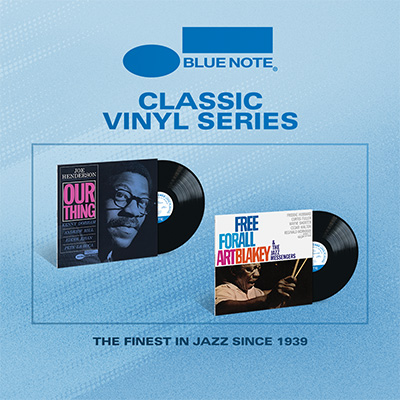



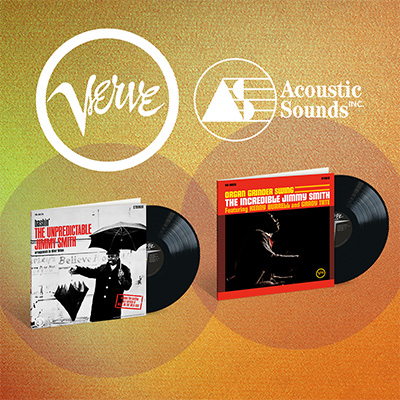
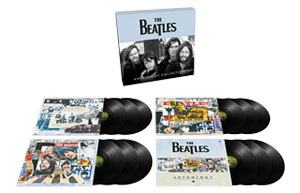

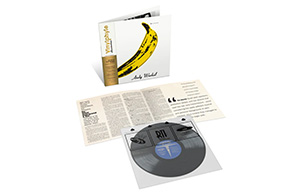
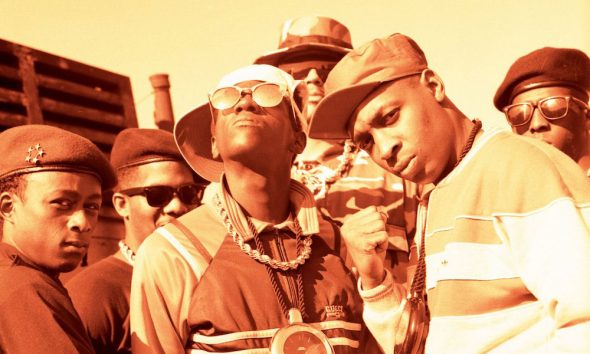
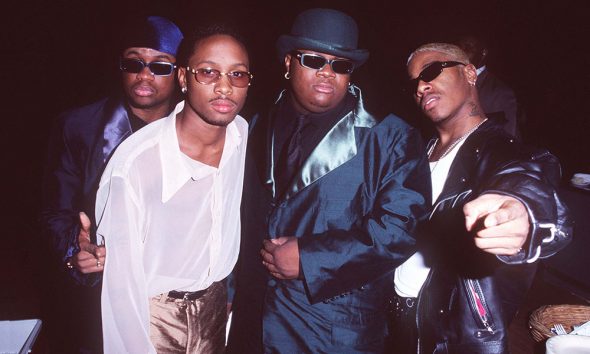
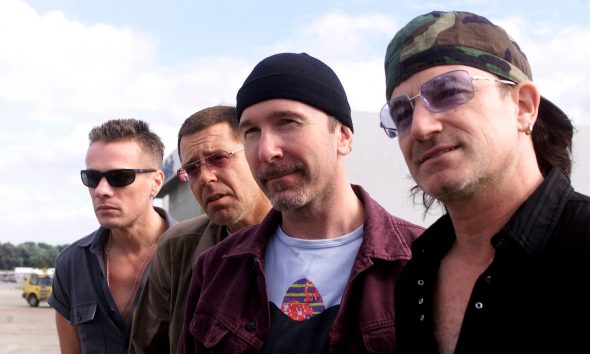
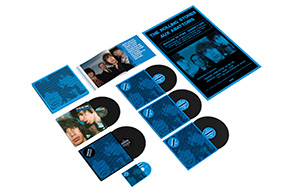
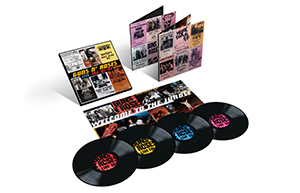
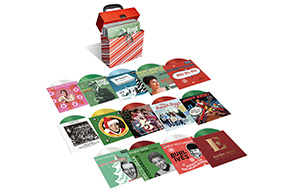
Bobby Sanabria
October 30, 2020 at 3:58 am
Great article. Frankie Malangres is a misprint. It should be Frankie Malabe, who was the conguero. The band that Sabu recorded that album with wasn’t Frankie’s. It really was led by alto saxophonist Bobby Porcelli and trumpeter Marty Sheller who modeled the band after Art Blakey and the Jazz Messengers. Frankie was the conguero of the group. It was Bobby and Marty who approached Al about recording the group. Because Sabu had a name in the jazz world from working with Dizzy Gillespie and Art Blakey, Al surmised the album would sell more with Sabu’s name on the cover. This meant that Frankie was unfortunately cut from playing on the tunes as the conguero. But he does appear on the album on the filler percussion interludes/jams on the album as well as playing bongó and cencerro (hand bell) on some of the cuts alternating with Phil Newsum. Louis Ramirez was the timbale player, Artie Jenkins was the pianist, Bill Salter was the bassist. How do I know all of this? Because I’m friends and colleagues with Bobby and Marty and the late great Frankie Malabe and late great Phil Newsum.
Todd Burns
August 15, 2022 at 11:48 pm
Thanks for the insight, Bobby, appreciate it! I will update the article to reflect what you’ve mentioned here.
Walpataca
August 5, 2022 at 11:33 pm
Excellent article and priceless insight from Bobby Sanabria!
Richard Cadena
December 9, 2023 at 3:14 am
Thank you for a great article that provides key information of one of the key elements of the evolution of Latin Music (actually Afro-Cuban with jazz influences) in New York City, which was key for the U.S., particularly California, San Francisco and Los Angeles (my hometown) in the late 50s, 60s, and into the 70s.
Alegre hooked up with Tico records and founded Tico Mexico, S.A. in Mexico City in 1967. The following Alegre LPs were produced (manufactured) in Mexico: “I Like It Like That” & “Oh That’s Nice” Pete Rodriguez” along with “Jala Jala & Boogaloo – Volumes I and II” with their original record covers. The other 11 or 12 albums were from Tico Records.
Unfortunately, there was no airplay for this music on Mexico City “Música Tropical” radio stations. Tico México eventually left Mexico around June 1970.
The good thing is that Carlos Santana’s version of Tito Puente’s “Oye Como Va” was a smash in late summer 1970, and a new radio program emerged on Radio Onda named “Festival Latino” on Radio Onda in the fall of 1970, playing music from Tico, Alegre, UA Latino, and RCA Victor (Tito Puente) from 8:30-10:00 PM 7 nights a week.
The Tico-Alegre adventure in Mexico (1967-1970) opened the door to Latin music produced in NYC. NYC and PR groups had never appeared in Mexico prior to this time and they finally made their way down here in summer 1976. Also, local Mexican groups began to appear playing quality Latin music that reflected the NYC trumpet-trombone conjunto style (Grupo La Libertad).
Thank you Julyssa Lopez for this wonderful informative article, and a huge thanks to Al Santiago whose hand somehow found its way down to Mexico City.
BTW, I moved to Mexico City from Los Angeles in early 1966 and brought this wonderful latin music bag from NYC, along with SF and LA with me back then … and I am still here.